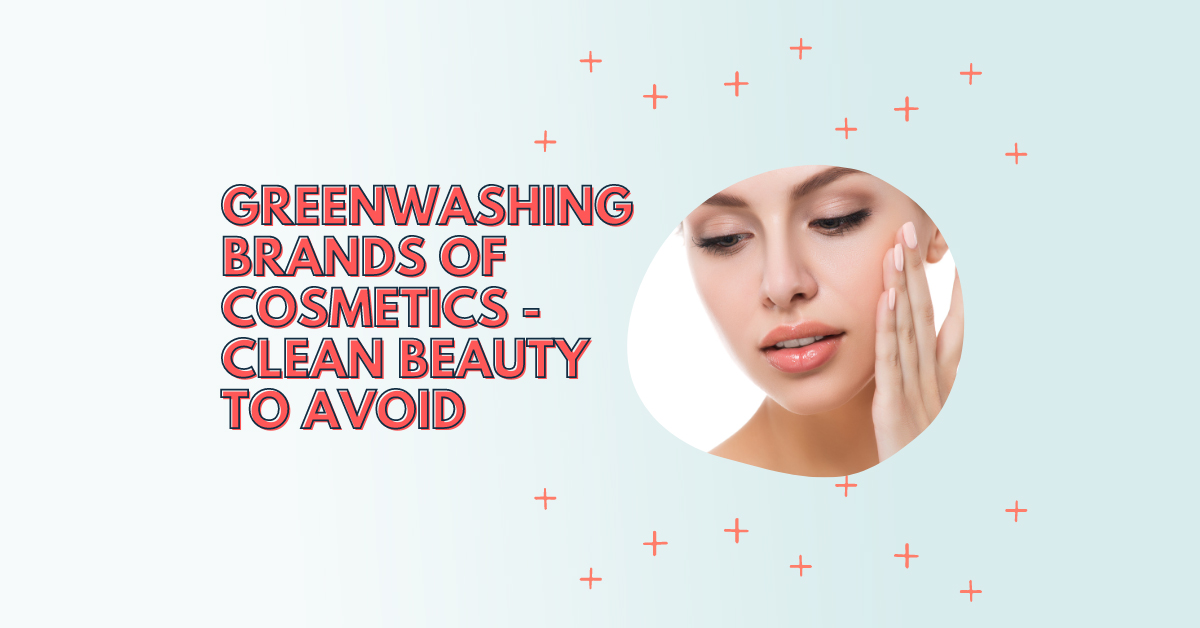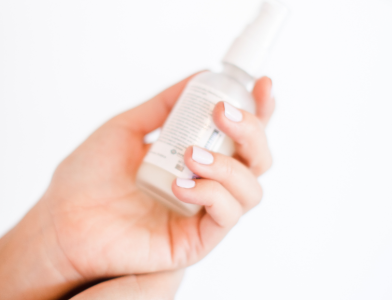NOTE: This post contains affiliate links that allow you to find the items mentioned in this blog. There is no cost to you and this blog may earn a small sum when you use the links. You are in no way obligated to use these links and they’re provided for your convenience. Thanks for supporting this blog!
Are you someone who loves clean beauty, but doesn’t know if you’re actually getting what you’re paying for? Does it live up to the hype or is it all fake and greenwashed?
I get questions every day about which brands of cosmetics & personal care products I use because there’s so much noise on the internet. That’s why I’m writing this post – to help you avoid being duped and inadvertently exposing yourself to something you don’t prefer and weren’t aware about.
Check out my latest YouTube video to find out which greenwashing brands of cosmetics I’m anti-hauling so you can save yourself the headache and potential health effects of being duped into buying something that may be deceptively marketed.
An “anti-haul” is the exact opposite of a haul that you may see on YouTube. It’s basically a round-up of brands or products that I won’t buy and, in this case, it’s because of greenwashing and deceptive marketing. In this video, I walk you through the brands I won’t buy and the health & environmental concerns behind each one. So if you’re looking to avoid being misled and duped then PRESS PLAY NOW to watch the video or keep reading for all the news.
The only real way to know if a product or company is greenwashing is by looking at the ingredient label. Here is the definition of greenwashing, which by the way is subjective, but there is a general consensus.
“Greenwashing is considered an unsubstantiated claim to deceive consumers into believing that accompanies products are environmentally friendly.”
-Investopedia (https://www.investopedia.com/terms/g/greenwashing.asp)
Examples of greenwashing beauty companies that you probably already know about are Origins and The Body Shop. A big problem we’re facing is the not so obvious brands that are greenwashing.
I’m sharing this, not to bash or invalidate because it’s completely each person’s choice, what they’re willing to expose themself to. The purpose of this post is to share my expert opinion on why these brands aren’t living up to the marketing claims, so you can make the most informed decision for yourself. Basically, you deserve to know what they’re not telling you.
Anti-Haul Brand #1: Arbonne
The first brand I’m anti hauling is Arbonne. They use marketing claims like “holistic” and “clean,” which give the impression that they prioritize your health and the environment. They are a certified B Corp, which is a marketing tool that is used by companies to gain credibility. I’m anti-hauling Arbonne for several reasons:
- Poor quality ingredients, specifically in cosmetics that are marketed as non-toxic. Examples of those would be synthetic silicones, which can appear on the label as dimethicone or cyclopentasiloxane among many, many others. Just look for ingredients ending in “-icone” or “-siloxane.” There are concerns that synthetic silicones don’t actually biodegrade. How eco-friendly are these products?
- Significant use of synthetic ingredients. So let me be clear by saying not all synthetics are bad. It’s unclear if their ingredients are synthesized from petroleum, which carries several risk factors in and of itself.
- Petroleum is derived from crude oil, which contains naturally-occurring carcinogens known as polycyclic aromatic hydrocarbons or PAHs. Furthermore, drilling and mining of crude oil is an environmentally devastating practice.
- This brand like many others also uses phenoxyethanol. This is a controversial ingredient and is one of the most widely used, which is why there is a concern in the first place. There was actually a study published in 2019 that found phenoxyethanol in 49% of consumer products in Italy (1). In fact, phenoxyethanol was a cheap swap for parabens when studies were published, linking parabens to endocrine disruption and possibly breast cancer. Consumers became aware of parabens and started avoiding products containing it. Therefore, companies swapped it out for phenoxyethanol. The problem really is when you have a commonly used ingredient, across many, many products, the exposure levels can be exceeded even though the individual product levels might still be safe.
“And in case you didn’t know, more frequent and regular use of an ingredient can lead to sensitization and allergic reactions.”
Dr. Yvonne Burkart
Not to mention phenoxyethanol along with several other commonly used preservatives, actually disrupt your skin’s microbiome as shown in a study published in 2019 (2). Disruptions in the skin’s microbiome is observed in skin conditions such as eczema and psoriasis (3,4).
Anti-Haul Brand #2: Beautycounter

Another similar brand I’m anti -hauling is Beautycounter. This company is one of the biggest players in the clean beauty movement and also B Corp certified. They love to emphasize their lobbying efforts to change cosmetic regulations, but are their products actually clean?
The main problems that I have found with Beautycounter is number one, their lack of transparency when it comes to heavy metals testing. There are reports of health conscious consumers that have reached out to Beautycounter management for further clarification on testing levels and detection limits for heavy metals, particularly in their colorants and not being able to get a direct answer or being able to see the actual measurements.
I did see a page on their website where they explain how sensitive their measurements, which is good to know, however, based on their ingredients glossary, they’re using natural oxides to pigment their products, which carry the risk of containing heavy metals since they’re mined from the earth, which is where heavy metals reside.
Which brings up another concern – why bother mining for mineral pigments, testing them for heavy metals and destroying the environment while putting miners at risk when you can easily use lab created or synthetic oxides that don’t contain heavy metals? Food for thought.
Another reason I avoid an anti-haul this brand is the use of ingredients with questionable safety. Talc is something that they are apparently phasing out, but it is contaminated with asbestos. So that means that their products have not been completely devoid of talc and there is still the risk of inhalation. Even if a company tests all their talc for asbestos that still doesn’t mean you’re in the clear. It’s possible to develop granulomatosis, an inflammatory disease of the airways through cosmetic use of talc in the absence is asbestos (5).
Inhalation of asbestos causes mesothelioma, a rare form of lung cancer and talc has also been reported to cause an adult male who inhaled it to collapse (6). In case you didn’t know, talc actually dries up the airways and impairs our airway’s natural ability to clear particulate matter, which is a protective mechanism. So by impairing our protective mechanisms, it is causing toxicity. The problem is that the risk of using talc outweighs the benefits and it’s probably likely only used because it’s cheap.
They also use phenoxyethanol, which is a red flag. And like Arbonne, Beautycounter also uses a significant amount of synthetic ingredients. They claim to be transparent and list all the ingredients they use in their products. But it’s unclear if they’re synthesized from petroleum, not to mention, there were some ingredients in the product information pages on their website that weren’t actually listed in the ingredient glossary.
There’s also ethical considerations because they use a pigment called carmine, which is made from crushed red bugs.
They also like to use isolated fragrance chemicals, which can cause allergic reactions, even if they are derived from natural sources (7).
Anti-Haul Brand #3: Monat
Monat makes skin and hair products that are very widely marketed on social media. One of their main marketing claims is “naturally based”, which is completely ambiguous, subjective, and undefined. It implies that at one point maybe, perhaps it was a natural starting materials such as a plant involved, but it’s not clear how much processing has taken place and what you’re actually getting in the bottle. How natural is that? Look at the ingredients in their Advanced Hydrating Shampoo below and ask yourself if these seem “naturally based” to you? By the way, the ingredients at the beginning of the list are the most abundant in a product.
The problem is not that an ingredient is synthetic or man-made, but rather how it is processed and how close it is becoming an isolated chemical ingredient, as opposed to a complex mixture, which is what is found in a whole plant extract.
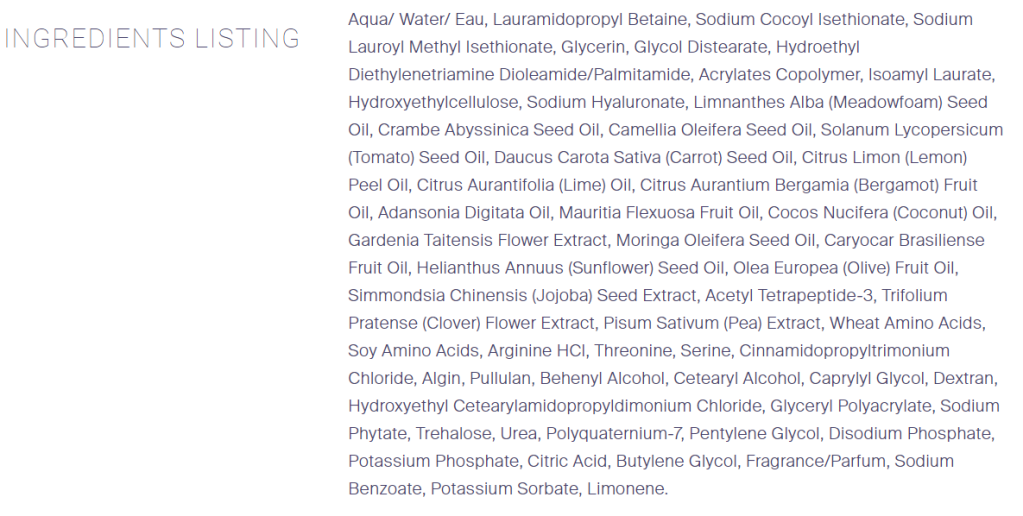
“The risk of isolated chemicals as opposed to a complex mixture is overexposure and therefore toxicity. “
Dr. Yvonne Burkart
Anti-Haul Brand #4: Tula Skincare
They claim to be “clean” and is extremely heavily marketed on social media by influencers. It’s mentioned on their website that this brand was developed by a gastroenterologist, and I’m wondering if that is supposed to make us somehow feel better or safer because a doctor developed it. FYI, most doctors have not studied toxicity or safety, so I take their recommendations with a huge grain of salt.
The biggest concern with this brand is their use of synthetic or chemical sunscreen. These are known endocrine disruptors acknowledged by the Endocrine Society, the foremost leading scientific and medical organization on endocrine health, who mentioned the potential for decreased sperm function and environmental toxicity (8).
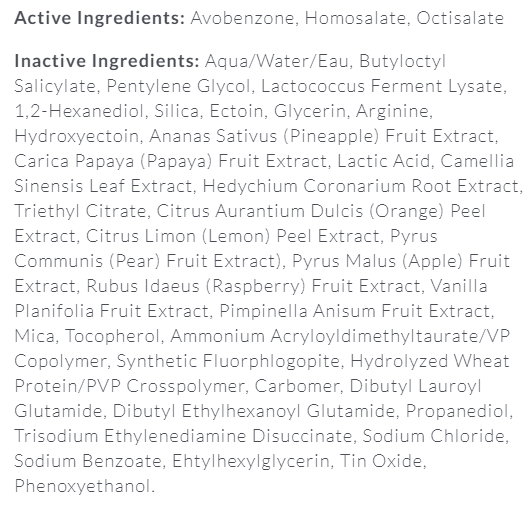
I’m spefically referring to avobenzone, homosalate, and octisalate. Synthetic sunscreens also cause coral reef destruction and therefore environmental devastation and have actually been banned from over-the-counter sales in Hawaii. The National Ocean Service even shared this infographic on their website (9).
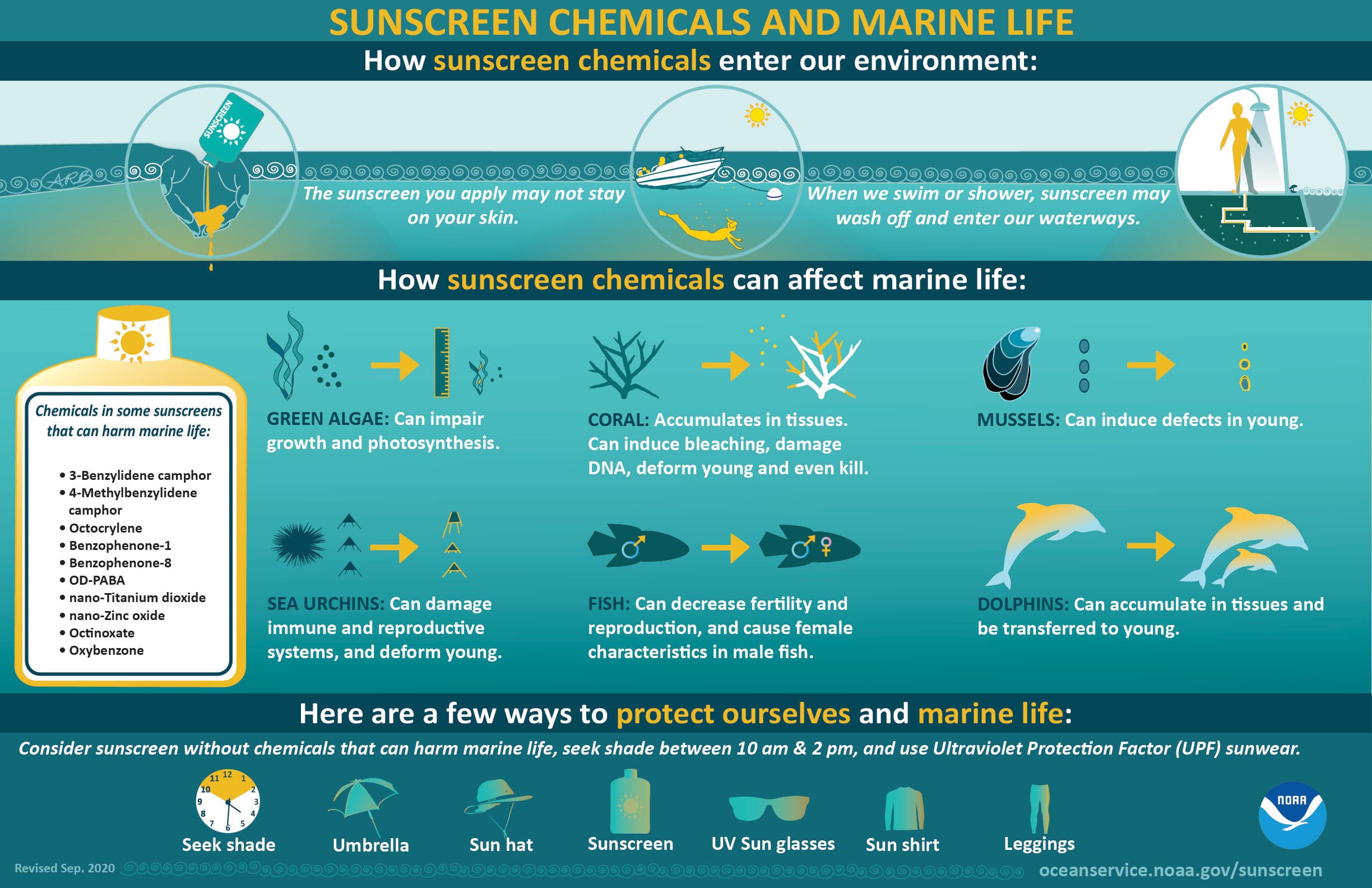
You gotta ask yourself how clean is this brand, if they’re willing to use toxic synthetic sunscreen chemicals?
The Problems With Greenwashing
It is deceptive and misleading, and therefore unethical. This is really the most detrimental for people with pre-existing conditions like asthma, eczema, or psoriasis and can’t seem to find relief from the products that they’re using, no matter how clean they are, or just by anyone who wants to avoid toxicants as much as possible.
It’s really misleading when companies greenwash, because a lot of the terms they use have nothing to do with safety. Another practice I’ve noticed is sustainable packaging, but the use of toxic ingredients, how does that help? You’re still creating toxic waste that needs to be dumped somewhere and definitely could end up causing a toxic spill.
How to Spot Greenwashing
Brands like to use unregulated buzzwords that have no government definition, and they like to use it to make you feel like a product is natural, safe non-toxic and even organic USDA organic, by the way, is the only government regulated term that has specific guidelines set by the USDA.
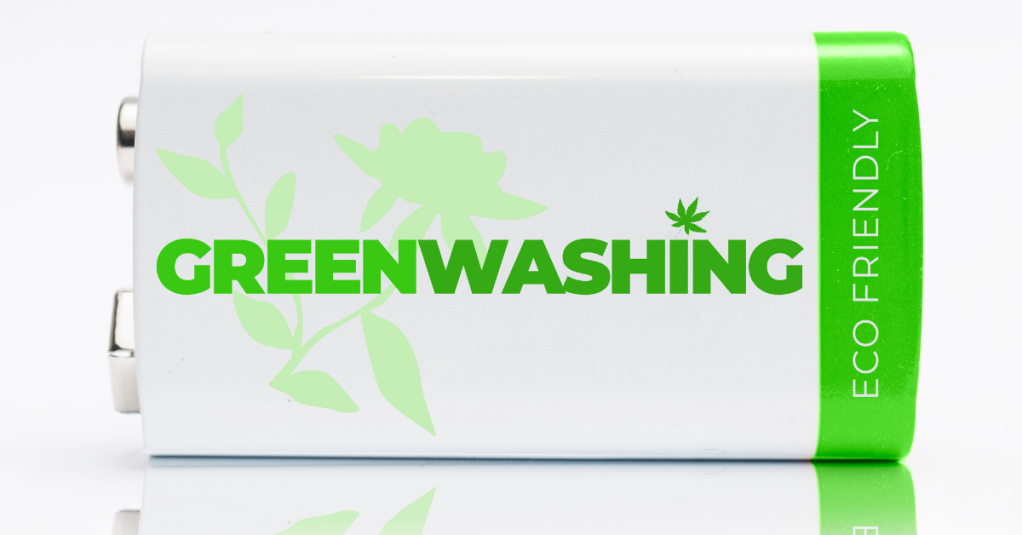
Greenwashing companies like to use specific colors, anything that would remind you of anything natural or being in nature like green or blue images like leaves, plants, and flowers, again, to make you feel like something is more plant-based and therefore healthy.
A common greenwashing tactic is actually highlighting organic or plant ingredients and extracts, regardless of how little that product may actually contain. They also love to point out the ingredients of concern that consumers are trying to avoid. So parabens and phthalates and sulfates, they talk about being cruelty-free and non-GMO, which by the way has nothing to do with safety.
The real issue is the deceptive marketing under the guise that a product is somehow healthier or safer than a conventional one. So as a toxicologist, in my professional opinion, a truly safe and healthy product does not contain ingredients or use practices that cause harm or toxicity to any one along the entire process of production, including the occupational workers, the environment, and also to you the end user, the consumer.
What do I recommend?
I choose & recommend products that contain as many organic ingredients as possible in glass or zero waste packaging to mitigate the impact on the environment and also our exposure to plasticizers. Going back to basics – it’s really that simple!
FREE GUIDE: THE SAFE INGREDIENT RULEBOOK
If you’ve been struggling to crack the safe ingredient code and are tired of feeling overwhelmed and confused by all the conflicting and often unreliable information on the web, you’ll love this guide! It gives you the step-by-step lowdown on everything that you need to know in order to become a toxin-free product boss. You’ll learn some of the exact steps I use to evaluate ingredient safety as a professional toxicologist so grab yours now!
Click here to snag your free guide!
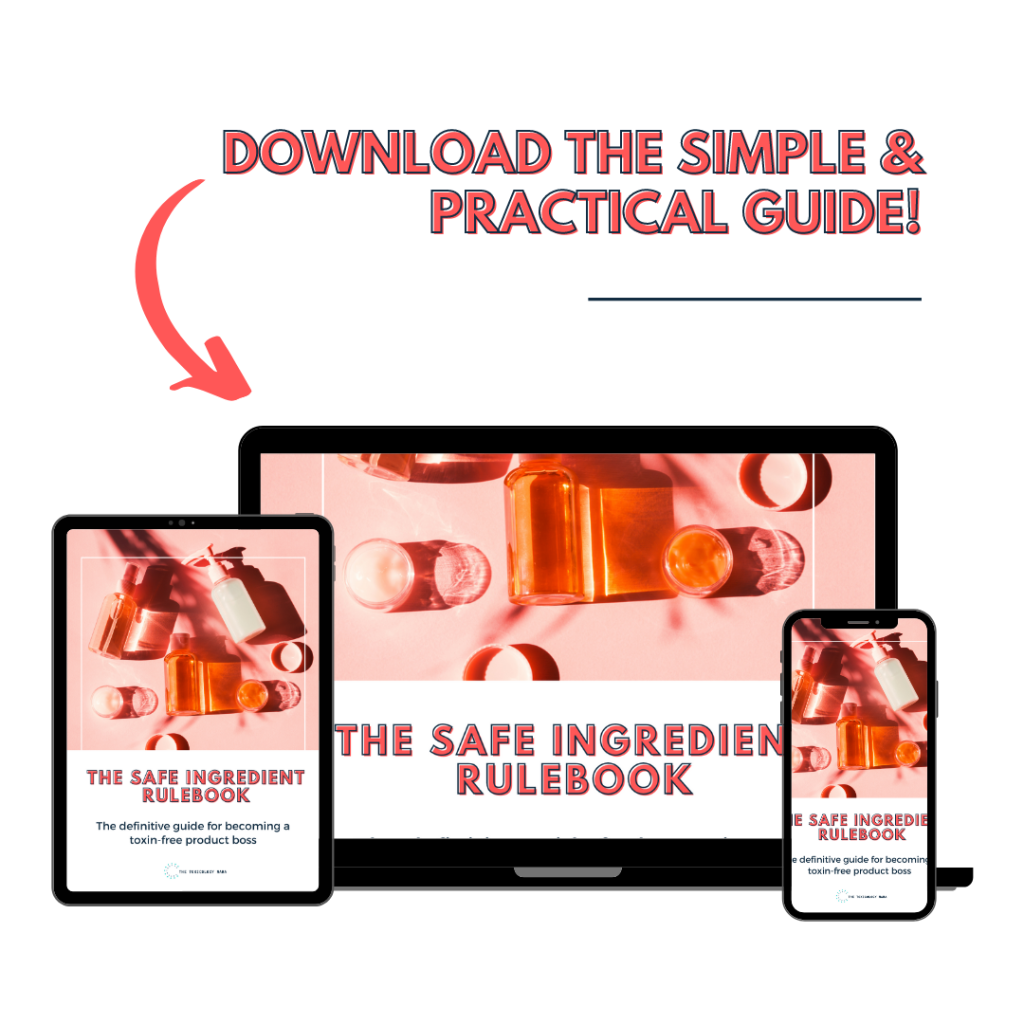
REFERENCES
- Panico A, Serio F, Bagordo F, Grassi T, Idolo A, DE Giorgi M, Guido M, Congedo M, DE Donno A. Skin safety and health prevention: an overview of chemicals in cosmetic products. J Prev Med Hyg. 2019 Mar 29;60(1):E50-E57. doi: 10.15167/2421-4248/jpmh2019.60.1.1080. PMID: 31041411; PMCID: PMC6477564.
- Wang Q, Cui S, Zhou L, He K, Song L, Liang H, He C. Effect of cosmetic chemical preservatives on resident flora isolated from healthy facial skin. J Cosmet Dermatol. 2019 Apr;18(2):652-658. doi: 10.1111/jocd.12822. Epub 2018 Dec 12. PMID: 30548758.
- Thomas CL, Fernández-Peñas P. The microbiome and atopic eczema: More than skin deep. Australas J Dermatol. 2017 Feb;58(1):18-24. doi: 10.1111/ajd.12435. Epub 2016 Jan 28. PMID: 26821151.
- Wang WM, Jin HZ. Skin Microbiome: An Actor in the Pathogenesis of Psoriasis. Chin Med J (Engl). 2018 Jan 5;131(1):95-98. doi: 10.4103/0366-6999.221269. PMID: 29271387; PMCID: PMC5754965.
- Jasuja S, Kuhn BT, Schivo M, Adams JY. Cosmetic Talc-Related Pulmonary Granulomatosis. J Investig Med High Impact Case Rep. 2017 Sep 8;5(3):2324709617728527. doi: 10.1177/2324709617728527. PMID: 28959693; PMCID: PMC5593219.
- Naik SB, Guruprasad M. Accidental Acute Talcum Powder Inhalation in an Adult: A Rare Case with a Short Review of Literature. Indian J Crit Care Med. 2020 Jun;24(6):490-491. doi: 10.5005/jp-journals-10071-23451. PMID: 32863649; PMCID: PMC7435097.
- Nath NS, Liu B, Green C, Atwater AR. Contact Allergy to Hydroperoxides of Linalool and D-Limonene in a US Population. Dermatitis. 2017 Sep/Oct;28(5):313-316. doi: 10.1097/DER.0000000000000318. PMID: 28885310.
- https://www.endocrine.org/news-and-advocacy/news-room/2016/some-sunscreen-ingredients-may-disrupt-sperm-cell-function
- https://oceanservice.noaa.gov/news/sunscreen-corals.html

